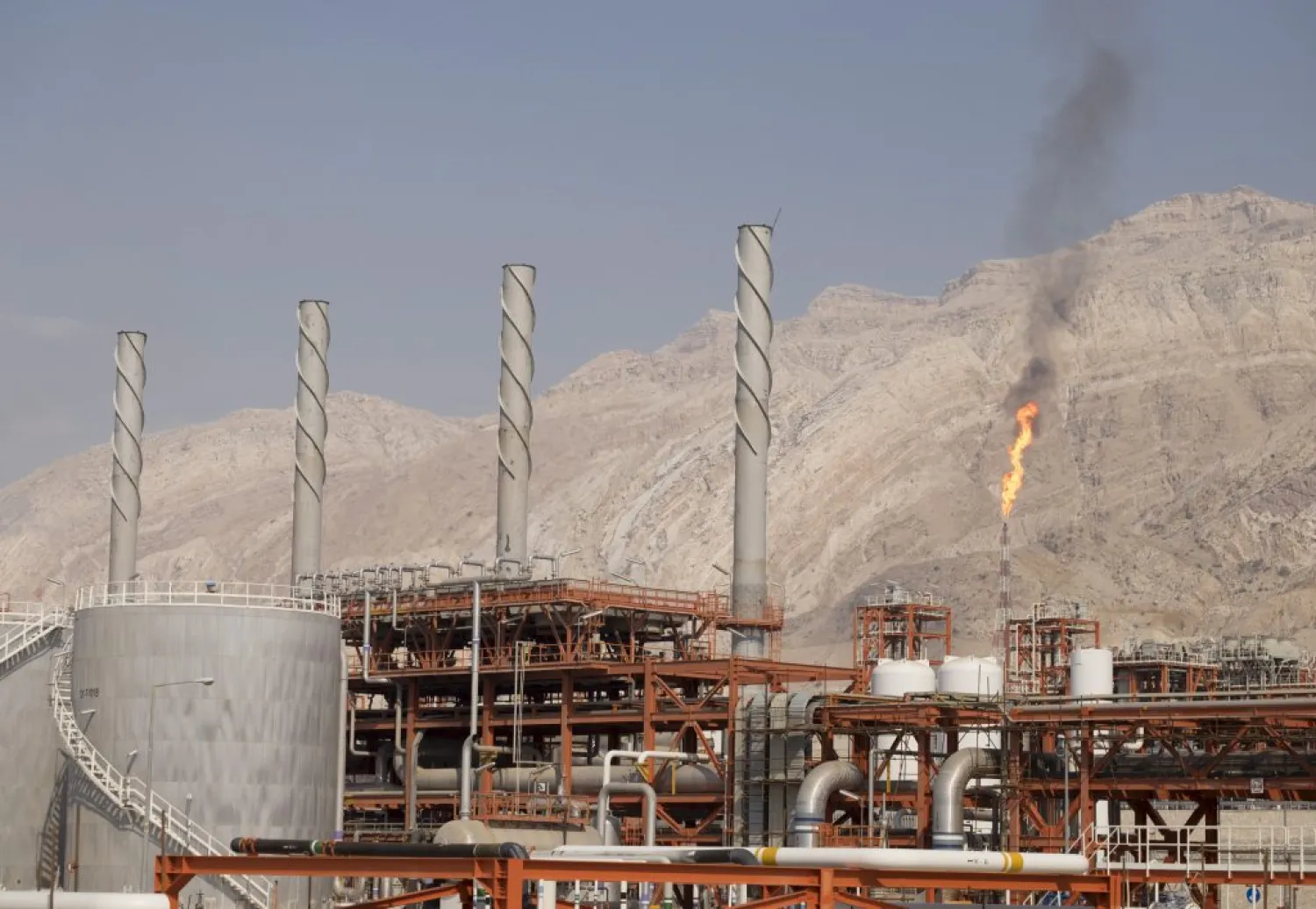Fardin Asadi, the manager for development of oil layers at South Pars, said on Sunday that Iran has exported about 4.26 million barrels of oil from South Pars to international destinations since the beginning of the Iranian calendar year, which began in late March, reported the Iranian Students’ News Agency (ISNA).
South Pars is the world’s largest gas field which also has significant oil reserves. Approximately 25,000 barrels of oil are extracted from South Pars daily, Asadi told ISNA.
France’s Total signed a deal with Tehran in July to develop phase 11 of South Pars, marking the first major western energy investment in Iran since the lifting of sanctions against the country last year.
Total will be the operator with a 50.1 percent stake, alongside Chinese state-owned oil and gas company CNPC with 30 percent and National Iranian Oil Co subsidiary Petropars with 19.9 percent.
Exports of the South Pars field had increased by about 12 percent over the previous year.
In previous statements, an official from Iranian Customs Department said that the field exported about $6.9 billion worth of gas condensate, a 28 percent increase in the value of exports of that product over the same period last year.
Pars's exports also included methanol, propane and polyethylene. The biggest share of the field's exports went to China, Japan, South Korea, India, Indonesia, Turkey, Egypt, the United Arab Emirates and Kuwait.
Iran's oil production is expected to rise to 4.5 million barrels per day within five years, the Iranian Oil Ministry's Website (Shana) quoted Ali Kardor head of the National Iranian Oil Company (NIOC).
Iranian oil exports are likely to reach 2.5 million bpd within five years.
According to Iranian estimates, the production of gas during that period will reach 1.3 billion cubic meters per day, while the production of gas condensates will increase to 864 thousand barrels per day.
The expected growth in Iran's oil production will come as a result of an increase of 420,000 barrels per day in the production of west Karoon fields, in addition to 280 thousand barrels from other fields in central and southern Iran, and from Iranian Offshore Oil Company (IOOC); while the South Pars field will contribute in the expected growth of gas production.









